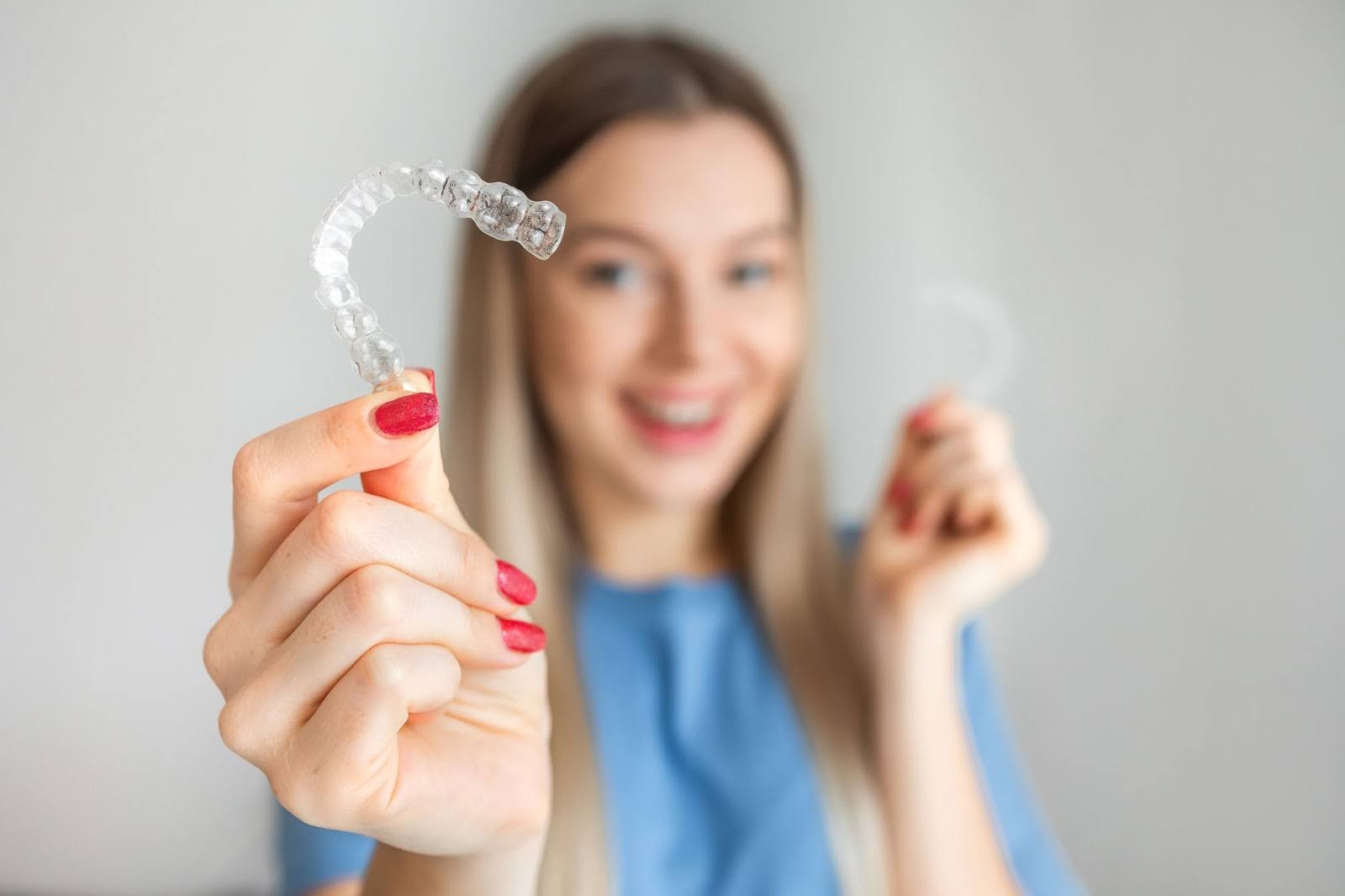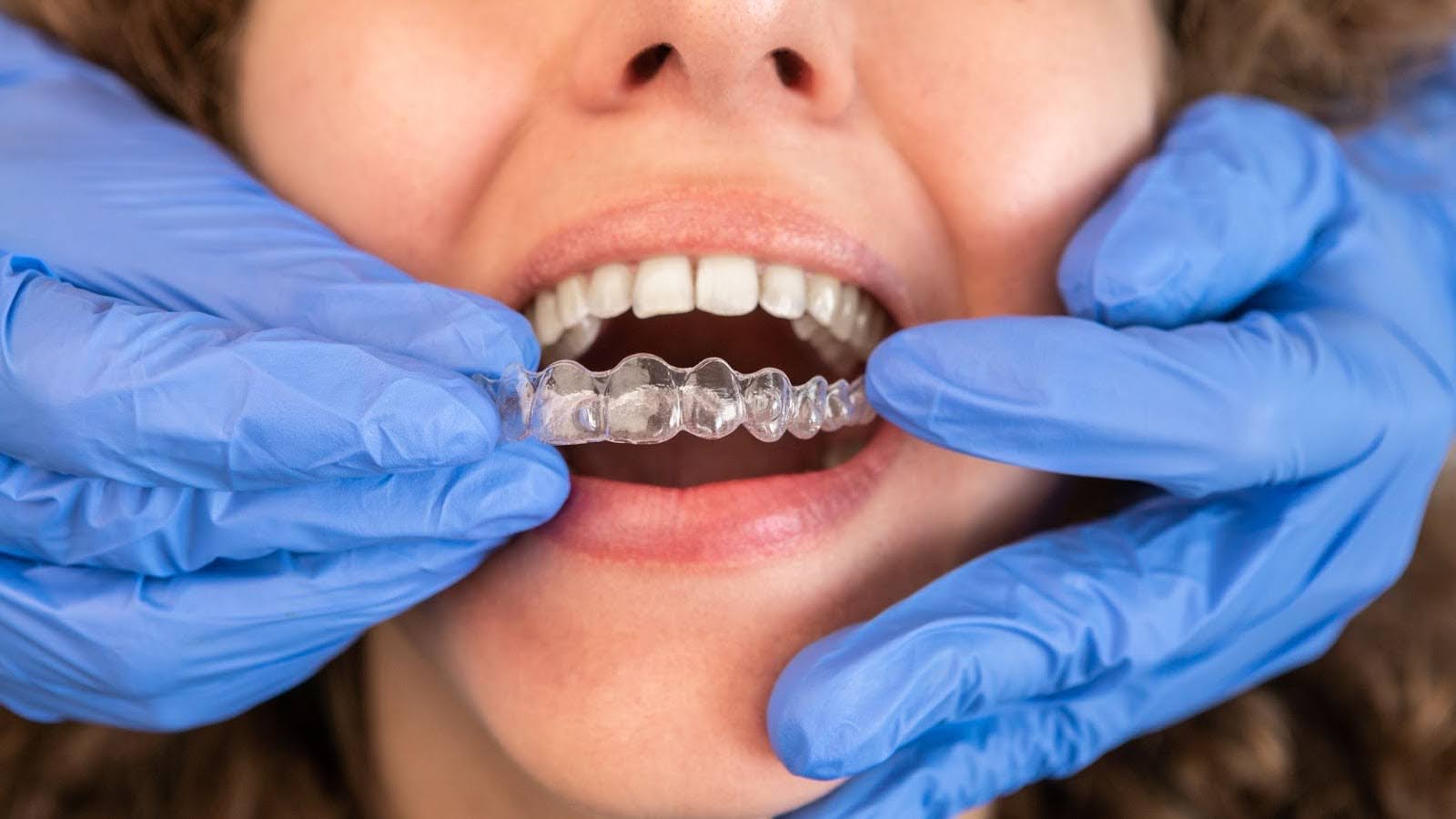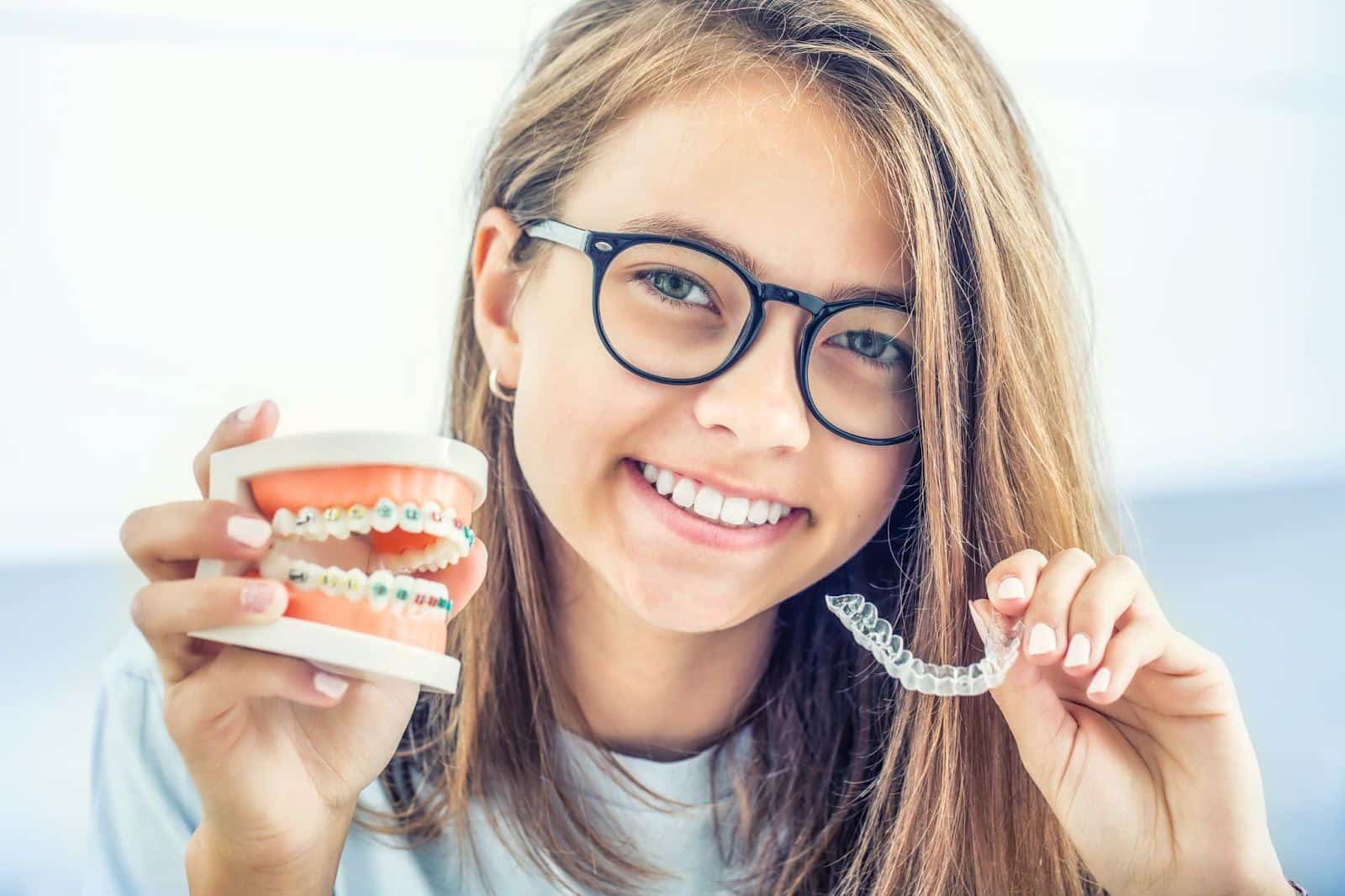Orthodontic Treatment Options
Orthodontic treatment options have significantly evolved over the years, offering individuals a variety of choices to achieve a straighter, healthier smile.
Each option presents unique advantages and considerations, from traditional braces to more modern alternatives like Invisalign. Invisalign is known for its discreet appearance and convenience. Invisalign stands out as a leading choice for those who are seeking orthodontic correction. However, the importance of selecting the right treatment extends beyond mere aesthetics; it encompasses factors such as comfort, effectiveness, and lifestyle compatibility.
Choosing The Right Orthodontic Treatment
While various treatment options do exist, it is important for the patient to choose the treatment option that aligns most closely with what they place as a priority in terms of achieving a straighter, healthier smile. For example, a patient who is aiming for the quickest, most effective results may place Invisalign as their preferred treatment option because it offers a straightforward and effective process to achieve a brand-new, beautiful smile.
Traditional Braces: Pros and Cons
Traditional braces offer both advantages and disadvantages in orthodontic treatment. On the positive side, they are highly effective in correcting various orthodontic issues, providing precise control over tooth movement. However, they have drawbacks such as aesthetic concerns, discomfort, and maintenance requirements.
Traditional Braces: Explained
Traditional braces consist of brackets, wires, and bands that are affixed to the teeth. These components work together to gradually shift the teeth into their desired positions over time. While metal braces are the most common, there are also ceramic options available for those seeking a less conspicuous appearance.
Traditional Braces: Effectiveness
Despite their drawbacks, traditional braces have several advantages, particularly for addressing complex orthodontic cases. They are capable of correcting a wide range of issues including overcrowding, misaligned bites, and gaps between teeth. Their ability to provide precise control over tooth movement makes them an effective option for achieving optimal results in challenging cases.
Traditional Braces: Disadvantages and Drawbacks
However, traditional braces also present various challenges and disadvantages. These include aesthetic concerns due to their conspicuous appearance, discomfort, and oral irritation during the adjustment period and the need for meticulous oral hygiene to prevent issues such as tooth decay and gum disease. Additionally, patients must adhere to dietary restrictions to avoid damaging the braces and prolonging treatment duration. Despite these challenges, many individuals find that the benefits of traditional braces outweigh the inconveniences, leading to successful orthodontic outcomes.
Invisalign Clear Aligners: Benefits and Considerations

Invisalign clear aligners have gained popularity as an alternative to traditional braces due to their discreet appearance and removable design. Understanding their advantages and considerations is crucial for individuals considering orthodontic treatment with Invisalign.
Advantages of Invisalign Clear Aligners:
- Discreet Appearance: Invisalign aligners are virtually invisible, making them aesthetically pleasing and suitable for individuals who prefer a more subtle orthodontic treatment option.
- Removable Design: Unlike traditional braces, Invisalign aligners are removable, allowing patients to eat, drink, brush, and floss without restrictions. This feature enhances convenience and oral hygiene maintenance during treatment.
- Comfortable: Invisalign aligners are custom-made from smooth, BPA-free plastic, reducing the likelihood of oral irritation and discomfort associated with metal braces.
- Predictable Treatment: Invisalign treatment utilizes advanced computer imaging technology to plan and visualize the entire treatment process. Patients can see the projected outcome before starting treatment, providing confidence and reassurance.
- Fewer Office Visits: Invisalign treatment typically requires fewer in-office appointments compared to traditional braces, as no adjustments or wire changes are necessary. This convenience appeals to individuals with busy lifestyles.
Considerations for Invisalign Treatment:
- Compliance: Successful Invisalign treatment depends on patient compliance with wearing the aligners for the recommended duration each day, typically 20 to 22 hours. Patients must be committed to wearing their aligners consistently to achieve optimal results.
- Speech Impediments: Some individuals may experience temporary changes in speech patterns when first wearing Invisalign aligners, particularly during the initial adjustment period. However, speech typically improves as the mouth adjusts to the aligners.
- Cost: Invisalign treatment may be more expensive than traditional braces, depending on the complexity of the case and the provider’s fees. Patients should consider their budget and explore financing options or insurance coverage.
- Maintenance: Proper maintenance of Invisalign aligners is essential to prevent discoloration, odors, and bacterial buildup. Aligners should be cleaned regularly as instructed by the orthodontist to ensure optimal hygiene and clarity.
- Treatment Limitations: While Invisalign can effectively treat many orthodontic issues, it may not be suitable for severe or complex cases. Patients with significant bite discrepancies or tooth rotation may require alternative treatment options.
In conclusion, Invisalign clear aligners offer numerous advantages, including discreet appearance, comfort, and convenience. However, patients must consider factors such as compliance, speech changes, cost, maintenance, and treatment limitations when deciding if Invisalign is the right orthodontic solution for their needs. Consulting with a qualified orthodontist is essential to determine the most suitable treatment plan for achieving desired outcomes.
The Consultation Process

The consultation process for orthodontic treatment, whether it be for Invisalign or traditional braces, typically begins with an initial appointment with an orthodontist. During this consultation, the orthodontist will conduct a comprehensive examination of the patient’s teeth, gums, and jaws, often including X-rays, photographs, and dental impressions.
This evaluation helps the orthodontist understand the patient’s specific orthodontic needs, such as misalignment, crowding, or bite issues. From these findings, the orthodontist is able to decipher which treatment method would be best for the patient. The chosen treatment option will then be tailored to the patient’s individual needs and preferences, explaining the advantages and considerations of both Invisalign and traditional braces.
They may also provide information on treatment duration, expected outcomes, and costs. Patients are encouraged to ask questions and express any concerns they may have during this consultation process. Ultimately, the goal of the consultation is to ensure that the patient is well informed and comfortable with their chosen orthodontic treatment plan before proceeding further.
Success Stories and Patient Experiences
Invisalign Testimonial: Jason M.
“I opted for Invisalign treatment to address my mild crowding and spacing issues, and it exceeded my expectations. Initially, I was drawn to Invisalign for how inconspicuous the Invisalign trays were. I didn’t want anyone to notice I had braces as an adult. I liked that you could hardly tell, yet, my teeth were getting straighter and straighter by the week. Throughout the treatment process, I appreciated the convenience of being able to remove the aligners for eating, brushing, and special occasions. Although there were moments of adjustment, such as speech changes and getting used to wearing the aligners consistently, the overall experience was positive. As each set of aligners gradually shifted my teeth into alignment, I could see the progress firsthand. Now that I have completed treatment, I am thrilled with the results. I highly recommend Invisalign.”
Traditional Braces Testimonial: Theresa F.
“I had braces for two years, and I couldn’t be happier with the results. Before braces, my teeth were crowded, and I had an overbite that made me self-conscious about my smile. While the treatment journey had its challenges, such as discomfort after adjustments and dietary restrictions, the transformation was worth it. My advice to anyone considering braces is to stay committed to the process. As long as you don’t mind the looks of them, the end result is truly life-changing!”
In Conclusion
In conclusion, both braces and Invisalign offer effective solutions for straightening teeth and achieving a confident smile. While braces provide precise control over tooth movement and are suitable for addressing a wide range of orthodontic issues, they may be more conspicuous and require maintenance throughout the treatment process.
On the other hand, Invisalign clear aligners offer a discreet appearance, comfort, and convenience with their removable design, making them particularly appealing to individuals seeking a more flexible orthodontic option. However, Invisalign may be more suitable for mild to moderate cases, while braces remain a reliable choice for complex orthodontic issues.
Ultimately, the decision between braces and Invisalign depends on factors such as treatment goals, aesthetic preferences, and individual needs.
Consult with Rockefeller Cosmetic Dentistry, and we will get you started on the road to a straight, beautiful, and confident smile! Call (212) 581-1091 today!





